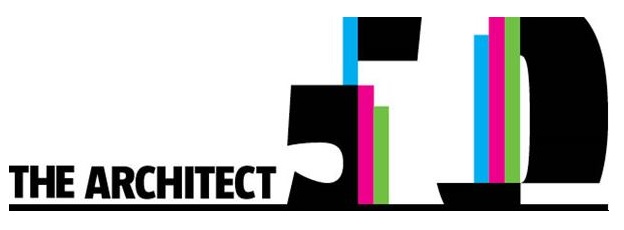 Construction observation is a powerful weapon for architects and engineers (A/E) in their risk management arsenal. Certain clients understand the benefits when A/E firms offer construction phase services. However, driven by slow economic conditions, many clients are asking firms to do more, with less, including reducing or eliminating construction phase services. Other clients decide they will administer the construction contract themselves or decide to use a third party instead of the A/E firm. Clients have also held the A/E to a higher standard of care when providing construction observation services. How do these actions affect A/E firms?… It significantly increases the A/E’s risk and liability exposures.
Construction observation is a powerful weapon for architects and engineers (A/E) in their risk management arsenal. Certain clients understand the benefits when A/E firms offer construction phase services. However, driven by slow economic conditions, many clients are asking firms to do more, with less, including reducing or eliminating construction phase services. Other clients decide they will administer the construction contract themselves or decide to use a third party instead of the A/E firm. Clients have also held the A/E to a higher standard of care when providing construction observation services. How do these actions affect A/E firms?… It significantly increases the A/E’s risk and liability exposures.
Construction Phase Risks
Details in design documents cannot anticipate every contingency that may occur during the construction phase. If the A/E firm of record is not retained to provide clarification of the plans and specifications the risk of misinterpretation of the contract documents increases. Bad decisions can lead to project confusion, delays, increased costs, disputes and claims between the owner and the A/E.
The exposure of the A/E is increased due to certain owners and contractors asserting that the designer has a similar responsibility of the contractor for discovering all defects on the project. Based on this distortion and unrealistic expectation of construction observation services, owners and contractors have stated the A/E should be a guarantor of the contractor’s work. These expectations dramatically increase the A/E’s standard of care and risks associated with construction phase services. Court decisions have ruled in Owners’ favor holding that the A/E has a duty to guard the owner against all non-conforming work on the project, although much of that work was completed when the firm was not present on-site. Members of the plaintiff’s bar continue efforts to hold the A/E accountable for this higher standard of care for construction phase services. Continue reading “Construction Observation: Important Risk Management Service”







